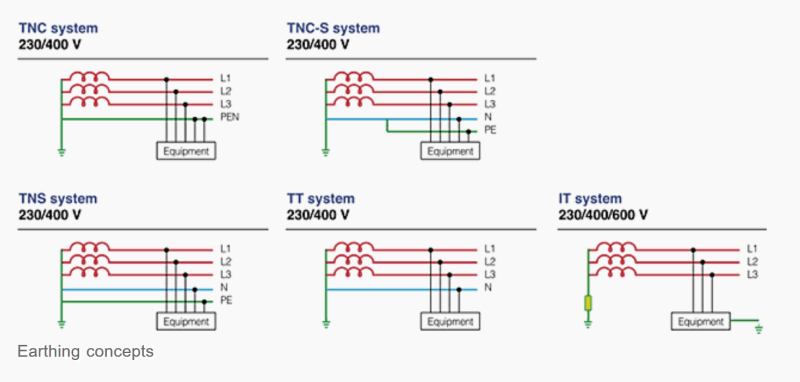Cerkit
Electrical
- Jan 18, 2016
- 99
Can anyone explain why we would ever need to use SNE earthing instead of CNE? Is it because if we lose the neutral then there is still a return path for fault current? In CNE if you lose the neutral you will know as the voltages will deviate. With SNE you could lose your earth and you would not know.
Please can someone advise on the above?
Please can someone advise on the above?

